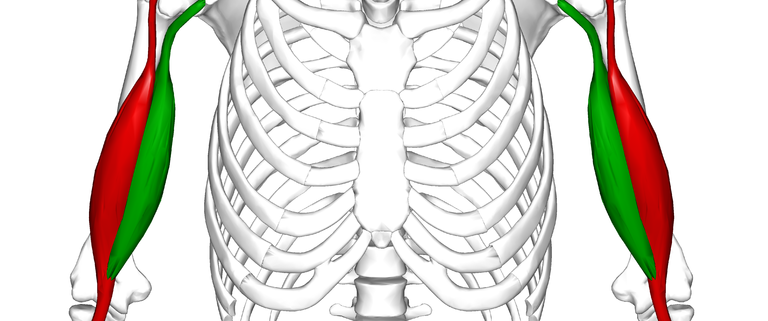
Biceps Tendonitis
Overview
Biceps tendonitis, also known as bicipital tendonitis, is a condition that results from inflammation of the tendons in the upper part of your arm. These tendons connect the bicep muscle to the shoulder and elbow, allowing your arm to bend and rotate. Whenever these tendons swell or become irritated, you experience what is namely biceps tendonitis. This condition is commonly found among athletes and the aging population.
Types
Biceps tendonitis can occur in two locations:
-
- The shoulder (proximal biceps tendonitis) – This type is more prevalent and it involves the tendons that attach the bicep muscle to the shoulder.
-
- The elbow (distal biceps tendonitis) - This is less common, and it involves the tendons that connect the bicep muscle to the elbow.
Causes
The primary cause of biceps tendonitis is overuse or repetitive motions that apply undue stress on the biceps tendon. Activities like heavy lifting, tennis, baseball, or swimming often contribute to the occurrence of this condition. In the elderly, biceps tendonitis often co-occurs with other shoulder issues like rotator cuff injuries or arthritis of the shoulder joint.
Symptoms
Common symptoms associated with biceps tendonitis include:
-
- Pain or discomfort in the upper arm or shoulder
-
- Weakness in the affected arm
-
- Difficulty in moving your arm or shoulder
-
- Trouble sleeping due to pain, especially when lying on the affected side
Less common symptoms may derive from acute injuries to the biceps tendon, causing a popping or snapping sensation in the shoulder or elbow.
Diagnosis
Diagnosing biceps tendonitis involves a combination of physical examination and imaging tests. During the physical evaluation, your doctor will assess your range of motion, pain level, and any swelling or deformity. They might also request imaging tests like X-rays or MRI scans to rule out other conditions and confirm the diagnosis.
Treatment Options
Treatment for biceps tendonitis primarily focuses on reducing inflammation and pain, and restoring mobility. Here are the various treatment options:
-
- Conservative approach: This may involve physical therapy, rest, and avoiding activities that aggravate the condition. Non-steroidal anti-inflammatory drugs (NSAIDs) may be prescribed to reduce pain and inflammation.
-
- Surgical approach: In cases where conservative treatments fail to provide relief, surgery may be recommended. Surgical treatments may involve removing the inflamed part of the tendon or reattaching a torn tendon.
Living With Biceps Tendonitis
Managing biceps tendonitis effectively incorporates a combination of treatment, rest, and lifestyle changes:
-
- Exercise: Regular, gentle exercises can help maintain flexibility and strength in the arm.
-
- RICE: Rest, Ice, Compression, and Elevation (RICE) are recommended when there’s inflammation or pain.
-
- Medication management: Taking your prescribed medications consistently will help manage pain and inflammation.
When to Seek Help
It’s crucial to seek immediate medical attention whenever you experience severe pain, an inability to move your arm, or if your symptoms do not improve despite conservative treatments. This could signal more severe conditions that warrant prompt evaluation and treatment. Always remember, early diagnosis and treatment can foster a quicker recovery and minimize the risk of complications.
